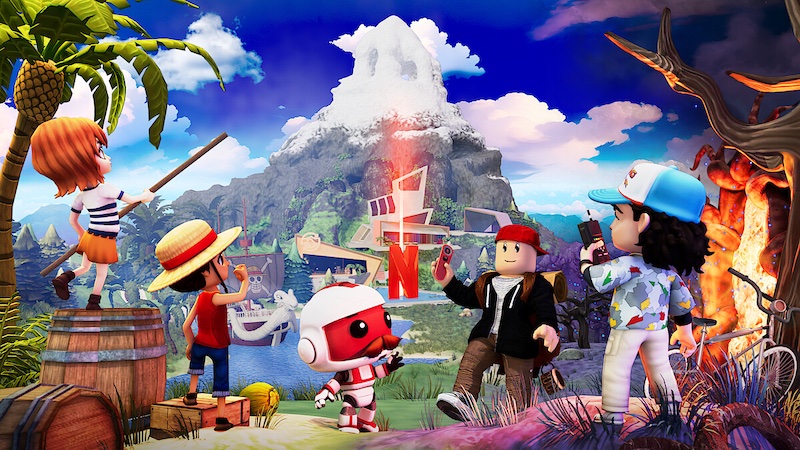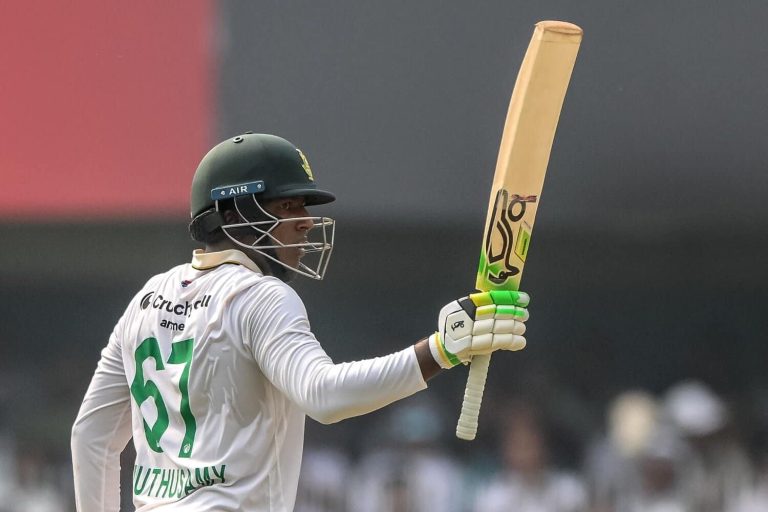
Roblox has 85.3 million daily active users. Why?
Because it is not a conventional gaming platform. Many of the tens of millions of video games on Roblox were created by the users themselves.
While most games are free, innovative users can earn a living by incorporating in-game purchases into their creations. The Roblox virtual economy runs on a currency called Robux.
You can either make in-game purchases with your Robux or turn the Robux you have earned into real cash. Even if you have never visited Roblox, anyone who spends time around children has probably heard that name from a child’s phone or tablet.
Many Ugandan children watch Roblox content on YouTube. However, if your child plays video games directly on the platform, the recent allegations may have shaken your world.
People associate Roblox with children because more than 40 percent of the platform’s users are 16 or younger (20 percent are nine and under, 20 percent are 9-12, and 16 percent are 13-16).
Parents feel like they could leave their children in the hands of Roblox for hours on end without worrying about their safety. Imagine their surprise when journalists began alleging that Roblox had become a breeding ground for predators, creating an environment that facilitated child abuse.
One report claimed that a whopping 3,334 Roblox members had not only traded in child pornography but also engaged in inappropriate conversations with minors. The platform’s biggest challenge is the anonymity of its members. Adults with nefarious intentions can trick children into lowering their guard by pretending to be children themselves.
Now, some of you are tempted to dismiss this concern because your child could not care less about video games. And even if they did, they have never heard of Roblox. Unfortunately, child predators do not limit their activities to gaming platforms.
In 2019, the BBC identified Instagram as the biggest child grooming platform on the internet. In 2024, they shifted that crown to Snapchat. An adult sends your child a message and engages them in a friendly conversation about whatever their social media profile says they care about, gradually building a rapport.
Eventually, the adult will escalate the situation by asking the child to share sexually explicit pictures and videos of themselves. This is called grooming. The adult is trying to turn the child into an acolyte, a willing participant they can abuse at will, and who is unlikely to fight back.
Depending on your child’s location, the adult may eventually arrange a physical meeting. Knowing Ugandans, they are likely to attack the children in these scenarios. They think children who fall prey to predators are sexually promiscuous individuals who were, in some sense, complicit in the sexual events that unfolded.
After all, stopping an online predator is a simple matter of turning your phone or computer off. You have to realize that online predators typically target children in their pre-teens and early teens, who in most cases, don’t even know what is happening.
Also, before you conclude that your children are too smart to fall for the traps of sexual predators, of the kids who experience sexual abuse, one-third never tell anyone about it.
Some adults use those pictures to continue the cycle of abuse, threatening to release them if the child tries to break contact. The threats are usually empty because the punishment for publishing child pornography is steep.
But again, children don’t know any better, which is why you should not assume that your child’s gaming platform is safe because it seems so child-friendly. Also, don’t assume that your child has never experienced sexual abuse online simply because they have never mentioned it. Any online platform that allows adults to talk to your child is a threat. Stay vigilant.
mbjjnr8@gmail.com



